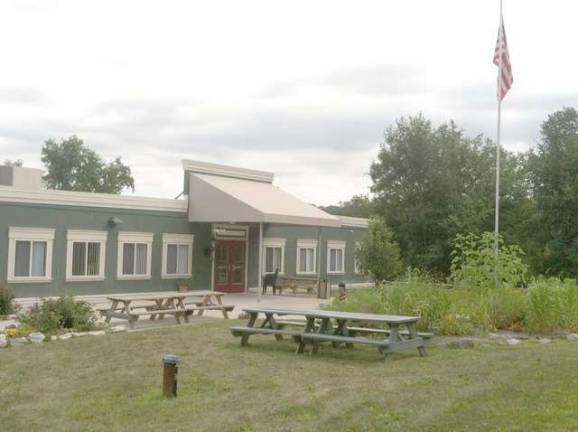Charter school gets ready for new year

Sparta — The Sussex County Charter School for Technology is getting ready for the new school year, which starts on Sept. 4 for its 225 middle school students.
A tradition at the Charter School is to have orientation days during the first two days of school with a variety of activities that allow the school’s students from 18 different districts to get to know each other and their teachers.
Administrators and teachers will prepare the public school with team meetings and activities on Sept. 2 and 3, to kick the school year off with fresh ideas and another strong focus on technology.
In addition to its engineering and lab science technology classes, students will now be able to take additional classes on the basics of animation, video editing, drawing and drafting, 3-D design, graphic design, illustration, acoustic science, audio science, digital recording, and keyboarding.
Each of the school’s 225 students will also be provided with their own Acer Chromebook laptop this year, adding to the school’s growing technology network and educational opportunities. Students will have access to thousands of educational apps that assist in student learning.
The new format will allow students to experience many of the essential skills necessary for collaboration, analytical thinking and problem solving.
The Charter School is a public school and free to attend for Sussex County residents and residents of surrounding counties.
Free transportation is also available to Sussex County residents.
For more information on the school and its technology focus visit www.sussexcharter.org or attend the school’s open house at 385 North Church Road in Sparta on Nov. 2.